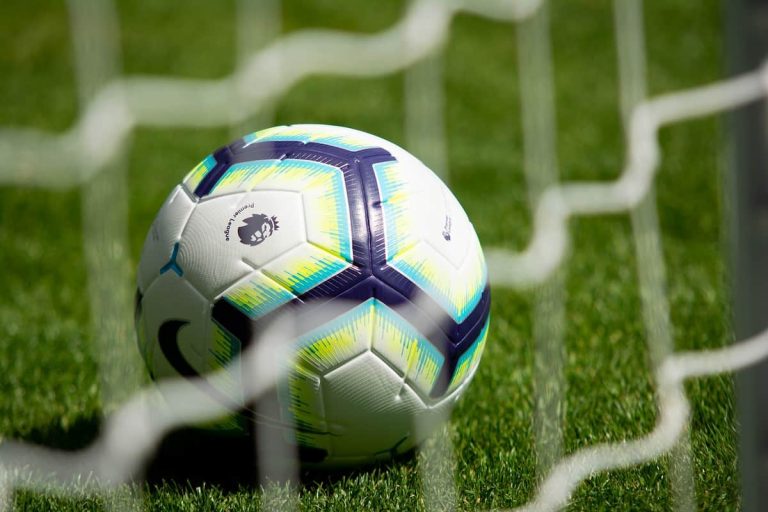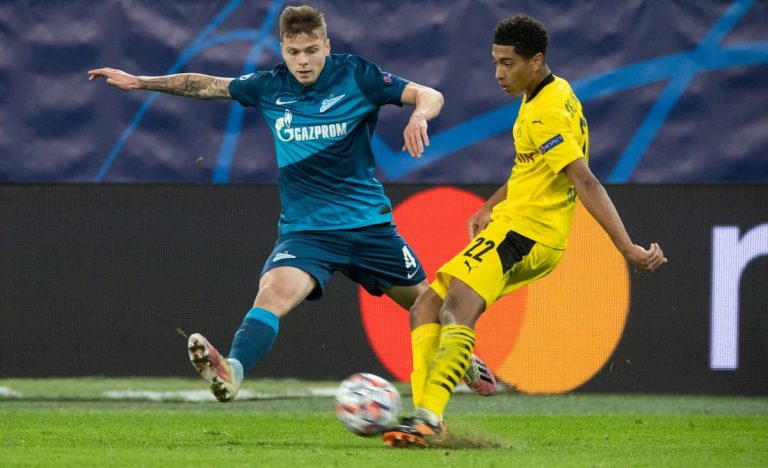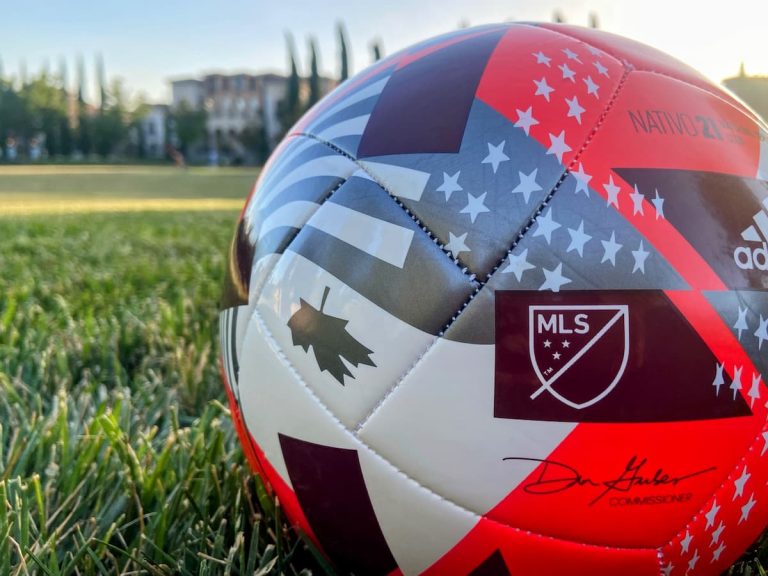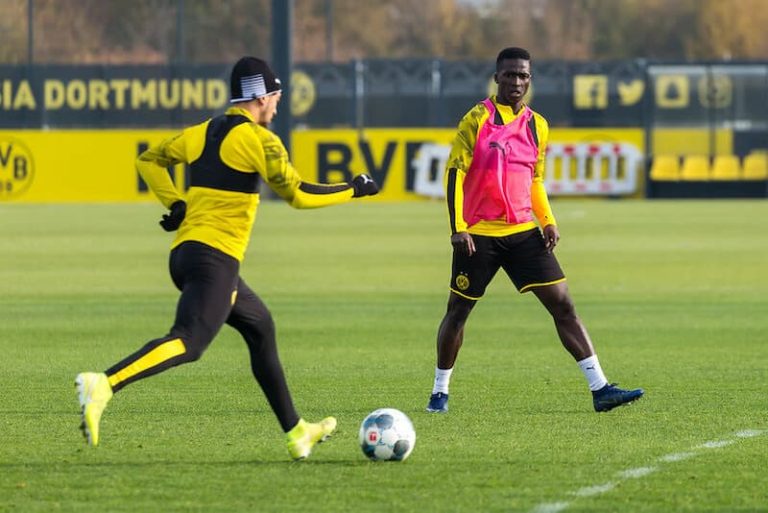What Is the Final Third in Football?
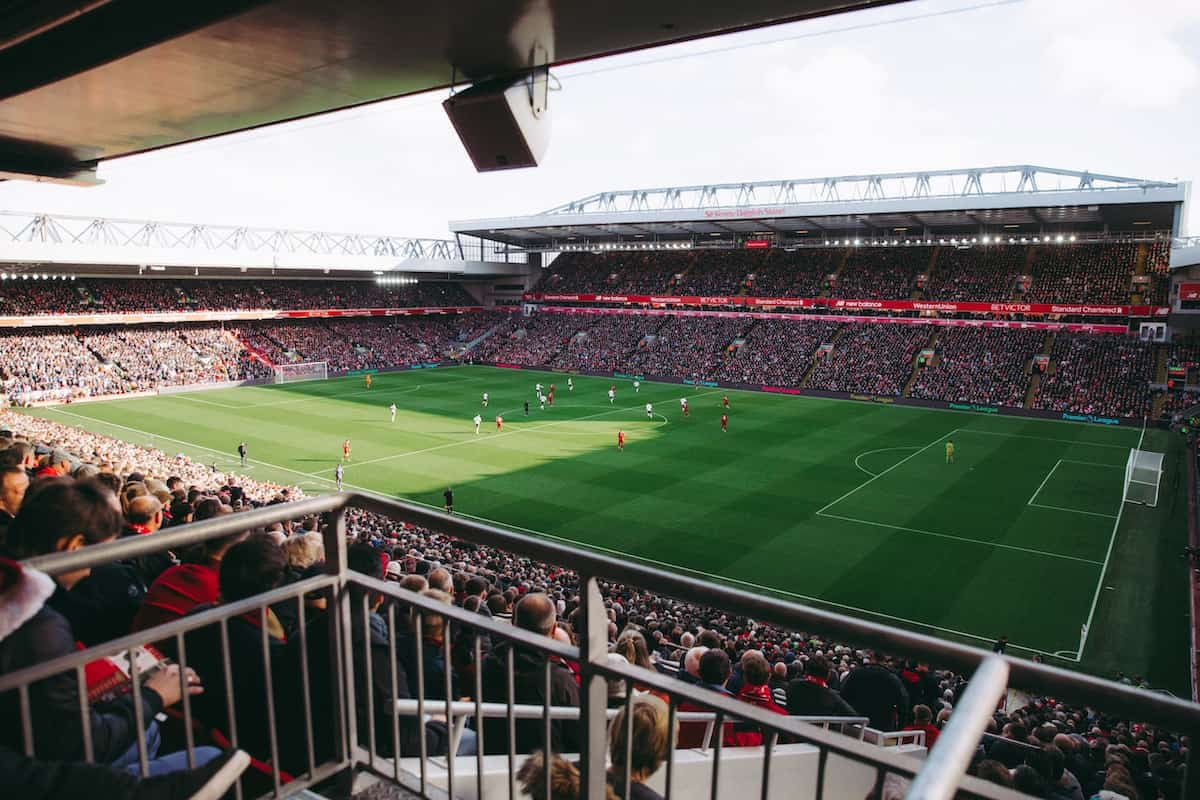
If you’ve ever heard a commentator reference “the final third” during a football match, you’re not alone. It’s a common term that’s used in football, and one that not everybody knows a lot about. In this article, we’re going to discuss what the final third is, its role in attack and defence, as well as tactics used in this area of the pitch.
If you want to learn everything there is to know about the final third, this article is for you.
Table of Contents
What Is the Final Third in Football?
The final third is the third of a football pitch where the opposition’s goal is located. It’s the area of the pitch that teams attack and create goalscoring opportunities in.
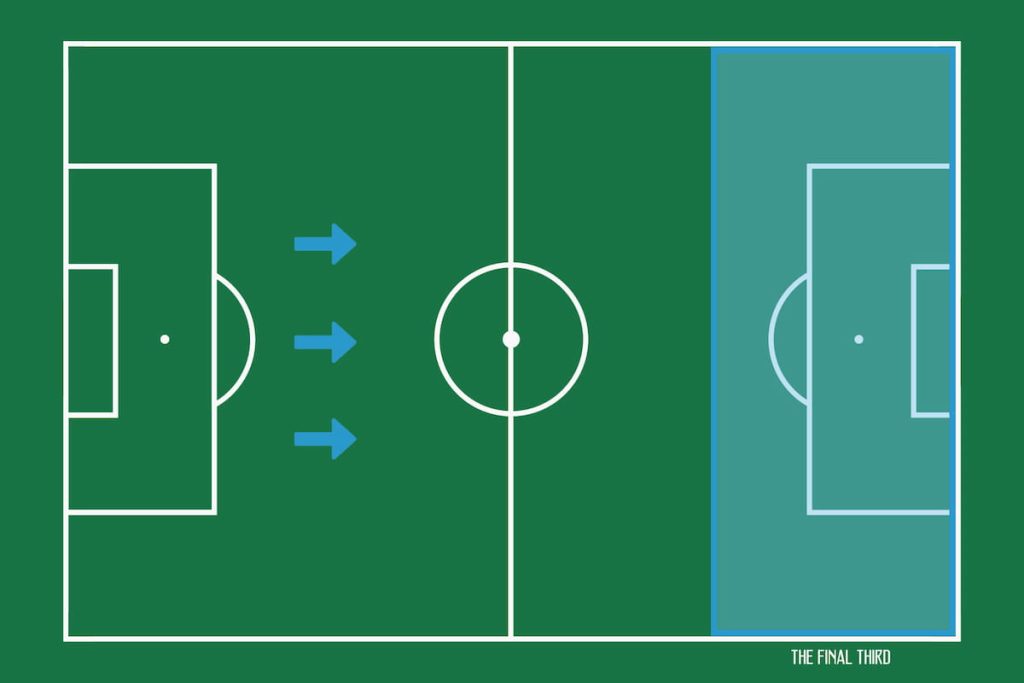
A football pitch can be split into three thirds – the defensive third, the middle third and the final third. These can be used in tandem with the different phases of play:
- Defensive third – build up phase
- Middle third – progression phase
- Final third – creation phase
The final third for one side will be the defensive or first third for the opposition side, and vice versa.
Role of the Final Third in Attack
In attack, the final third is an area where teams push players forward into. In possession, strong football teams will have a player in each of the five passing lanes during their attacks, meaning there will be a minimum of five attacking players located in the final third.
The final third is where teams in possession will create goalscoring opportunities, put in crosses and take shots. It’s also where good free-kick opportunities and penalties take place.
Role of the Final Third in Defence
When a team is out of possession, the role of the final third in football changes significantly. When the opposition team start their build up phase, attackers will be responsible for pressing the goalkeeper and defenders in order to try and get the ball back, and this will take place in the final third if a team’s tactics involve pressing the opposition high up the pitch.
Tactics Used in the Final Third
Now let’s look at the different tactics used in the final third of a football pitch. As this is the area of a pitch where teams will try to create goalscoring opportunities, attacking tactics are used, including – crosses and overloads.
Crosses
When teams operate in the final third in football, they’ll most likely have a number of their players high up the field in the opposition’s box. If they are able to work the ball out to the wide players, it’s a great opportunity to get crosses into the box to try and create goalscoring opportunities.
It certainly helps to have the right types of players for this attacking tactic, i.e. strong crossers of the ball and tall, strong aerial players in the box.
Overloads
Another tactic used in the final third of a football pitch is creating overloads. This can be done in wide areas by encouraging the fullbacks to push high up the pitch past the wingers. This should give the attacking team a numerical advantage against the opposition’s fullback, making it easy to pass the ball around them.
From here, a player can receive the ball in an attacking area and can choose to either make a cross, take a shot, or drive deeper into the opposition’s box.
What Are Final Third Entries?
Final third entries are a useful metric used by football clubs to highlight both their strengths in attack and the weaknesses in the opposition’s defensive unit and structure.
This football data accumulates the number of times a team enters the opposition’s defensive third and from which location. The attacking third will often be split into different “attacking lanes” where tactical managers will try to get their players to attack in a 2-3-5 formation whilst in possession.
These are the five channels used to monitor final third entries:
- Left channel
- Inside left channel
- Central channel
- Inside right channel
- Right channel
It’s worth noting that the metric activates where the ball is received, not where the ball crosses into the final third. By being able to see this data, it indicates where an attacking team is most dominant in the final third, highlighting their attacking strategy in the process.
Conclusion
The final third in football is an important area of a football pitch for a number of reasons, including number of goalscoring opportunities created, number of final third entries recorded and pressing high up the pitch.
If a football team has a talented squad of players and a tactical manager, it’s likely that they’ll have at least five players in the final third during each attack, ensuring a player is located in each of the five passing lanes.
With the right tactics, teams can create lots of goalscoring opportunities in possession and win the ball back quickly in the final third.
Frequently Asked Questions
Why Is It Called the Final Third?
It’s called the final third because it’s the final third of the football pitch that players operate in before scoring a goal. It is often referred to as the attacking third, too.
What Is a Final Third Pass?
A final third pass is when a player passes the ball into the opponent’s defensive third. These passes are progressive and are usually played with the intention of creating a goal scoring opportunity.
What Are the Thirds in Football?
There are three thirds on a football pitch – the defensive third or first third, the middle third and the final third or attacking third.

